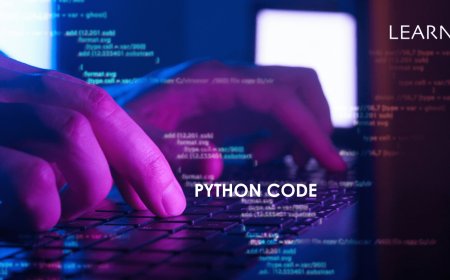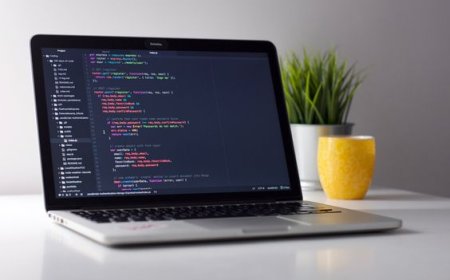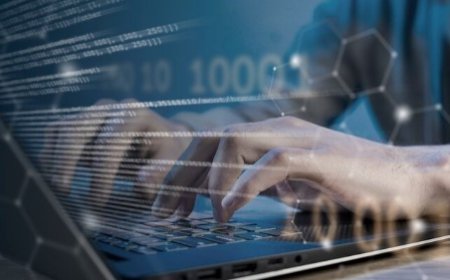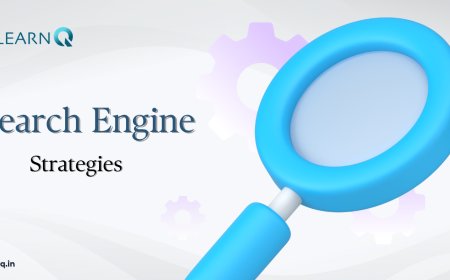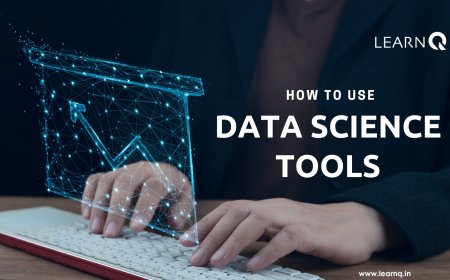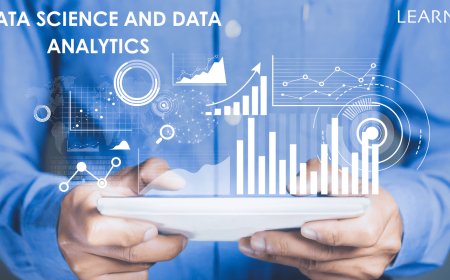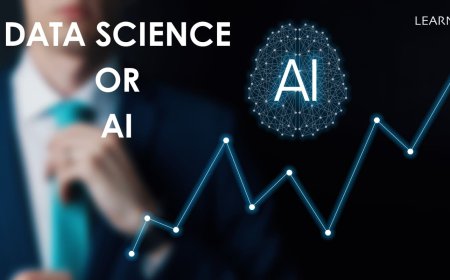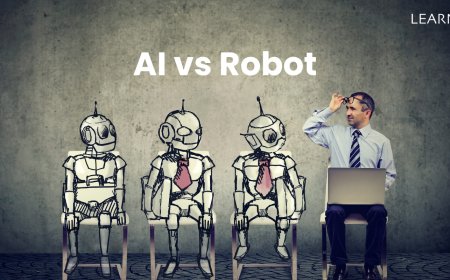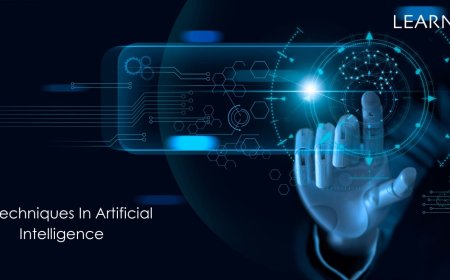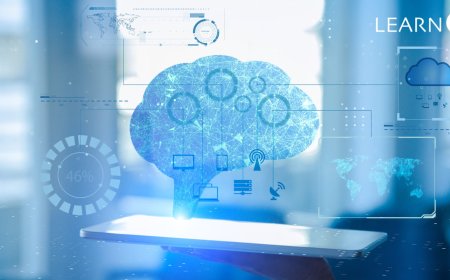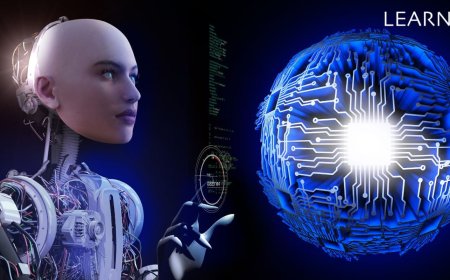Data science helps us understand tricky patterns in lots of information and make models that predict what might happen in the future. It's like a key part of today's tech world. Now, let's talk about the people who work in data science they're called data scientists. These folks are like all-in-one experts who know about stats, programming, the subject they're dealing with, and how to solve problems. Their job is not just handling and analyzing data but also explaining the results in a simple way to others.
If you want to be great at data science, many people go for certifications. One of these certifications is the Certified Data Scientist. It's a stamp of approval that shows you're good at data science. And guess what? There's a special version for marketing – it's called Certified Data Scientist - Marketing. This one is for people who want to use data to make their marketing strategies super effective. It teaches them how to run targeted campaigns, improve marketing plans, and get the best results using data.
Understanding Data Science
We are surrounded by data, using our smartphones and interacting with information throughout the day. But what exactly is data science, and why is it important in our daily lives?
Why is Data Science Important?
Data science is a game-changer for businesses, governments, and researchers. In various fields like healthcare, finance, retail, marketing, and manufacturing, it helps in:
1. Understanding Things: By analyzing lots of data, organizations can understand how people behave, spot trends, and find ways to improve.
2. Making Smart Choices: Decision-making based on data helps businesses save money, improve processes, and discover new opportunities.
3. Making Things Personal: Companies can use data science to provide personalized experiences to customers, making them happier and more loyal.
4. Working Better: From keeping machines running smoothly to catching fraud in banking, data science helps organizations work more efficiently and reduce risks.
How Did Data Science Start and Grow?
The beginning of data science can be traced back to the early days of statistics and computer science. But it took off with the explosion of digital data. As technology advances, with big data, cloud computing, and better tools, data science has become a powerful force. Now, data science is at the forefront of innovation, driving advancements in artificial intelligence and making predictions. From self-driving cars to virtual assistants, it's changing how we live and work.
Fundamentals of Data Science
Data Science is like a detective for information. It helps us make smart choices and solve tricky problems by digging into raw data. Let's break down some important ideas in Data Science that everyone can grasp, without any jargon.
1. Data Types: Structured, Unstructured, Semi-Structured
-
Structured Data: This is like a well-organized bookshelf. It has a clear plan, like tables in a database or spreadsheets. This makes it easy to ask questions and analyze, which is a big deal in data science.
-
Unstructured Data: Messy data is like a jigsaw puzzle missing some pieces. It comes in different forms like text, images, audio, or video. Extracting useful info from messy data needs special tools like natural language processing (NLP) for text or image recognition for pictures.
-
Semi-Structured Data: This type is a mix of organized and messy. It has some order but doesn't follow strict rules. Think of it like web development files (XML or JSON). They're used on the Internet and are a bit more flexible.
2. Data Acquisition and Collection Methods
Getting data is like collecting puzzle pieces. We use different ways:
-
Surveys and Questionnaires: Asking people specific questions to gather data.
-
Sensors and IoT Devices: Using devices that collect real-time info, like a fitness tracker.
-
Web Scraping: Getting data from websites, is useful for finding out what people think about products.
-
Publicly Available Datasets: Using info that's already out there in big data collections.
3. Data Preprocessing: Cleaning, Transformation, Integration
-
Cleaning: Cleaning data is like fixing mistakes in a school essay. We look for errors, things that don't match, or missing parts. This makes sure our data is accurate before we start analyzing.
-
Transformation: Tweaking is like turning a rough drawing into a masterpiece. We change the data so it's ready for analysis. This could mean adjusting the size, making things normal, or turning words into numbers.
-
Integration: Mixing data is like putting together pieces from different puzzles. We combine info from various sources to create a big picture. This helps us see everything at once and find patterns.
Key Technologies and Tools of Data Science
In data science, it's crucial to know about the important technologies and tools. This blog will talk about the main ones shaping data science today.
1. Programming Languages: Python is the most popular language for data science. It's great because it can do many things, and it has helpful libraries like NumPy and Pandas. Another important language is R, which is known for its stats abilities and lots of packages for analyzing and visualizing data.
2. Machine Learning Tools: TensorFlow and PyTorch are big names for making and using machine learning models. They're flexible and can handle complex algorithms well. Scikit-learn is another useful tool, especially if you like working with Python.
3. Big Data Tools: Apache Hadoop and Apache Spark are key for working with huge amounts of data spread across many computers. Hadoop uses a special system for sharing data, while Spark is faster because it keeps things in memory. Apache Kafka is also important for handling data in real-time from different sources.
4. Data Visualization Tools: Tableau and Power BI are popular for making interactive charts and graphs. If you like Python, Matplotlib, and Seaborn are good for making static visuals that you can customize.
5. Data Management and Processing: SQL is still important for working with structured data in databases. Apache Airflow helps manage complex tasks and workflows, making it easier to handle data pipelines.
Knowing these technologies and tools is important for anyone working in data science. Whether you're just starting or have been doing it for a while, understanding programming languages, machine learning tools, big data technologies, data visualization tools, and data management systems will help you get the most out of your data for new ideas and insights.
Data Exploration and Analysis
Talk about digging into data and figuring out what it's trying to tell us. This blog post will break down why exploring and analyzing data is so important, how we do it, and the impact it has on decision-making in different areas.
Methods for Checking Out Data
-
Just the Basics (Descriptive Statistics): We start by summarizing data using things like average and spread.
-
Pictures of Data (Data Visualization): We turn data into pictures like charts and graphs to understand it better.
-
Digging Deeper (Exploratory Data Analysis): We do a deep dive to understand what's going on in the data.
-
Making it Simpler (Dimensionality Reduction): We use tricks to make complicated data easier to see and understand.
Why Data Exploration and Analysis Matter
-
Finding Patterns and Trends: This is crucial for understanding how data behaves and making smart decisions.
-
Spotting Weird Stuff (Anomalies and Outliers): We make sure the data is good and reliable for more analysis.
-
Making Machines Smarter (Feature Engineering): We make machine learning tools better by giving them the right info.
-
Checking our Assumptions (Assumption Testing): We make sure our ways of looking at the data are on the right track.
Big Data and Data Engineering
Big data and data engineering are like very that help us make sense of all this data. First, we collect data from different sources like sensors, social media, and transaction records. Then, we use data engineering techniques to clean and organize the data, making it ready for analysis.
Next, we bring in machine learning and deep learning algorithms. These are like detectives that find patterns and connections in the data. This helps us predict future trends and make smart decisions. To make things even clearer, we use data visualization techniques to turn complex information into easy-to-understand visuals. Throughout this process, it's crucial to use AI responsibly. This means being ethical and minimizing any biases in our analysis. Data science tools provide the infrastructure for efficient analysis, with data scientists leading the way in exploring and using insights from the data.
Future Trends and Innovations in Data Science
Data science is growing and changing how we understand big sets of information. Let's talk about some important trends and new things that are influencing how we work with data.
First, collecting data is important. We're using new methods like IoT sensors to gather lots of different and big amounts of information. The main part of data science, Machine Learning, is making progress. Especially, Explainable AI helps us understand how models make decisions. Deep Learning is also getting better, allowing for recognizing complex patterns and making decisions. Making sense of data is getting more immersive through improved tools for Data Visualization, like Jupyter Notebooks and Apache Spark. Responsible AI is getting attention, focusing on ethical considerations when using algorithms to make decisions.
Looking forward, we'll keep focusing on handling big data, predictive analytics, and ways to work with data. With different ways of collecting data, it's important to understand it well, needing a full approach to get useful insights. These trends are pushing data science into an era of innovation, giving lots of opportunities for businesses and society.
In simple terms, data science is important nowadays. It helps companies make the most out of their data. And as we move forward, data science and getting certified in it will become even more valuable. Data scientists will keep leading the way in making big changes and finding new ideas that help all kinds of businesses grow. By always learning and being open to new ideas, we're heading into a future where data science can do amazing things, shaping the world with every new piece of information we find.
